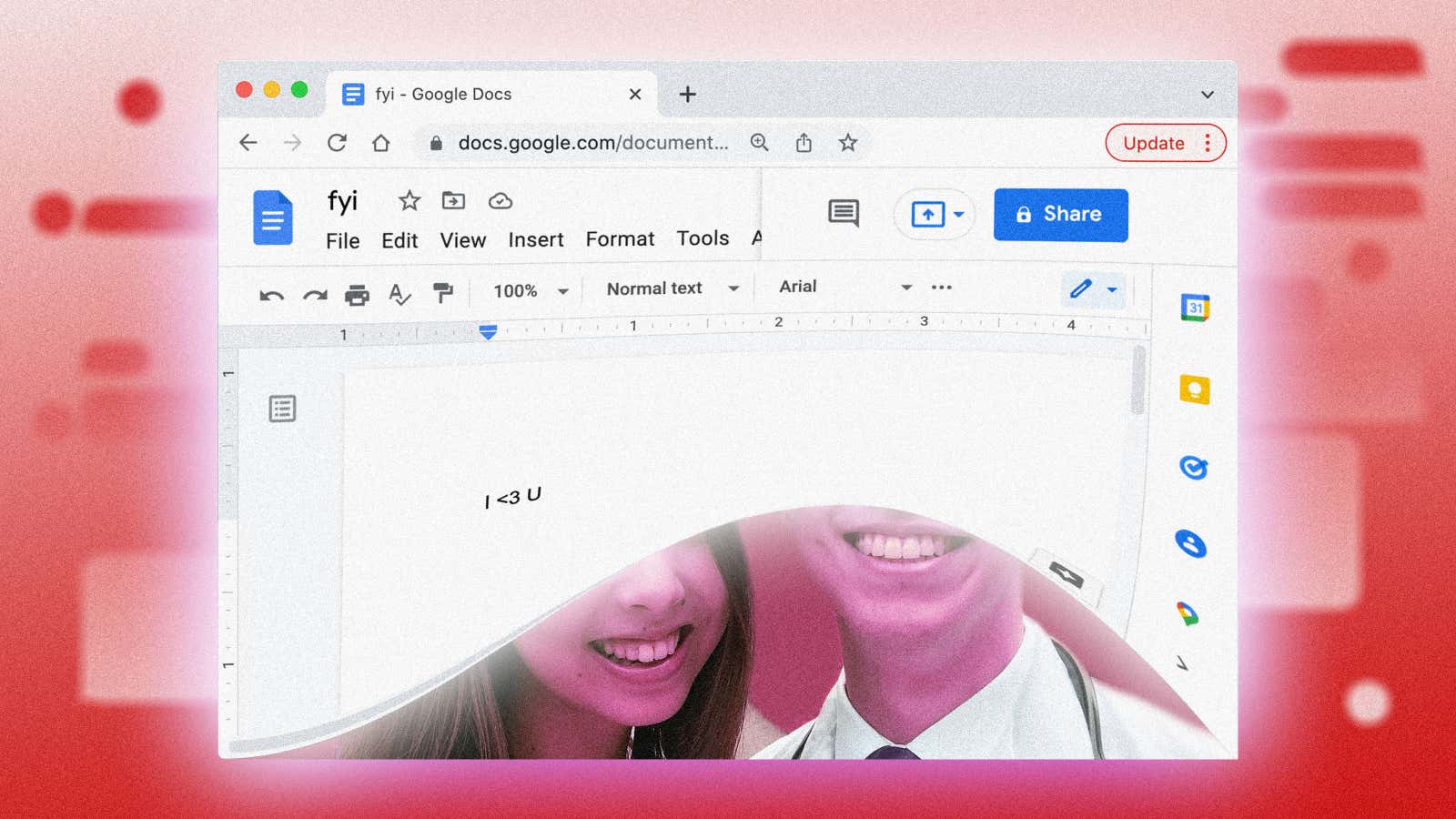Like many modern couples, Kevin Pu and Sophia Sun met on the internet. Instead of finding each other on a dating app like Hinge or Bumble, the pair met through a Facebook group called “Subtle Asian Dating,” an offshoot of “Subtle Asian Traits,” a popular meme page with 2 million members.
Both of their profiles were written by friends, featuring pictures and information about their personalities, interests, and careers.
“It was short, funny, to the point—a lot of ‘show don’t tell,’” Sophia said of Kevin’s profile. “He said, ‘Kevin never gets angry. He never gets mad if you steal his food. Kids love roasting him—just really funny, small things that actually say a lot about him.” Plus, the photos of Kevin were “so bad that they were good,” showing that he didn’t take himself too seriously.
Her interest piqued, Sophia sent Kevin a message with an open-ended question: “What is something that you want others to know about you that’s hard for them to discover upon first meeting you?”
Kevin responded with a long, thought-out answer and a series of return questions for Sophia. Feeling like she needed more space and a better forum, one that showed she was putting in extra effort, Sophia drafted her answers in a Google Doc and sent it over to Kevin.
“That snowballed into this extremely lengthy conversation which snowballed into three weeks of us talking to each other every single day, over multiple media—any kind of form of communication—until I went home to Seattle and met up with her in person,” Kevin said.
Keeping tabs on the conversation
In the still-early weeks of their budding relationship, Kevin and Sophia chatted online constantly before they could meet each other in person. They used Facebook Messenger for real-time discussion, but over time leaned more and more heavily on Google Docs.
Since Google Docs launched in beta in 2006, it has changed how millions of people work. (While free for individuals, businesses and schools pay for a premium version with customer support, management tools, and cloud storage space.) The software is effectively a carbon copy of Microsoft Word, with an important caveat: It introduced technology whereby multiple people could write, edit, and chat on a constantly-saving, cloud-based document. Microsoft has since adopted similar technology and integrated it into its own Office product suite.
🎧 For more intel on how our productivity tools change us, listen to the Quartz Obsession podcast episode on Google docs. Or subscribe via: Apple Podcasts | Spotify | Google | Stitcher.
https://player.megaphone.fm/QMIA4035328431
But Google Docs has also had a massive cultural impact: It is today used for modern-day note-passing in schools, to create resource pages for social causes and protest movements, and as a crucial tool for union organizers. For Kevin and Sophia, it was a place to keep interconnected and overflowing thoughts somewhat organized.
“When you get to know someone, there is always something new you want to share with them, whether it’s from the present or from the past or something you’re thinking about in the future,” Kevin said, “and your conversation can’t keep up with what you want to share.”
The pair made a list of topics and articles they wanted to discuss and stored it all in a shared Google Drive. “We would often just asynchronously document our reactions and thoughts about the articles in the Google Doc,” Sophia said, “so we wouldn’t distract from our main conversation on Facebook Messenger.” This way they could keep multiple lines of communication open with one another and never forget to mention something that popped into one of their minds.
Topics included: Kevin’s favorite video games, film critiques, YouTube channels, the best snacks at Trader Joe’s, their favorite books, and podcasts. They discussed the music they created, academic research on education and child psychology, Sophia’s commencement speech, Kevin’s medical school essays, and funny travel stories. At times, they would even chat in real-time on the Doc.
Sophia’s friends weren’t surprised when they found out she and Kevin were interacting via Google Doc. In fact, they found it very “on-brand” as she is “extremely organized,” Kevin said.
How to fall in love online
The Google Doc was only crucial in the early weeks of Kevin and Sophia’s relationship, just over three years ago. When they first started talking, Kevin was living in Chicago, and Sophia, a product manager for Microsoft, was in Seattle. (She works in an education-focused division of the company, and not—however ironic that would be—on Microsoft Office products.)
Now in Seattle himself, Kevin is a third-year medical student at the University of Washington. The two see a whole lot more of each other these days, and online messaging plays a less important role in their relationship. Nevertheless, they speak fondly of those early days spilling their hearts to one another on a Google Doc.
That moment in time taught them about being patient with one another, and trusting that there would be time to get to everything they wanted to talk and everything they needed to say. “We didn’t have to talk about things in real time all the time,” Sophia said. We could just “make a note and trust that the other person will care enough to go read it and respond later.”
“I think it’s important to explore different methods of communication, different platforms, asynchronous versus synchronous,” she added. “I think that helps your relationship build resilience. You never know what kind of flexibility you’ll need to rely on in your relationship. You’ll be in different places, you’ll have different availabilities. And I think exploring these different options early on is so helpful.”
